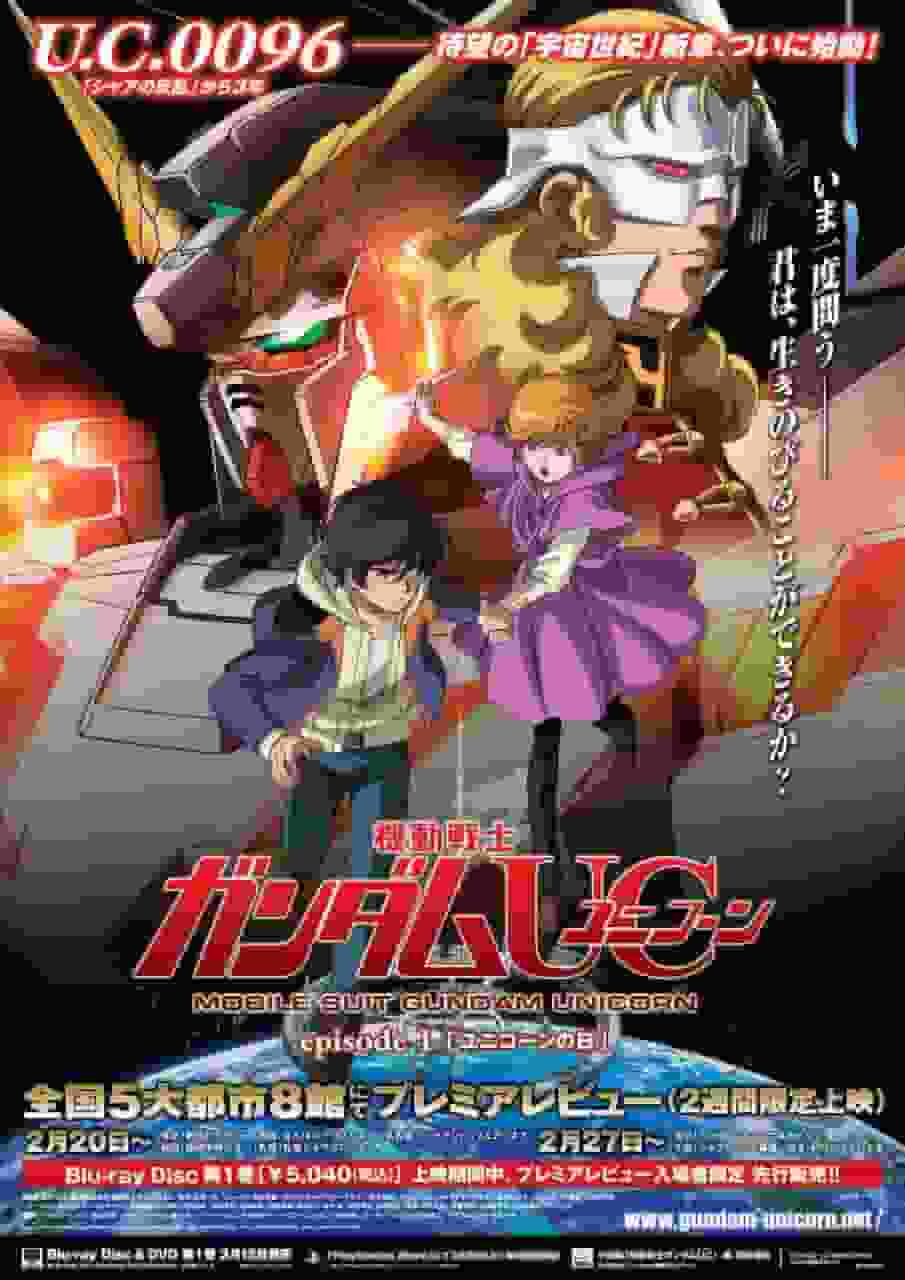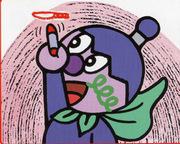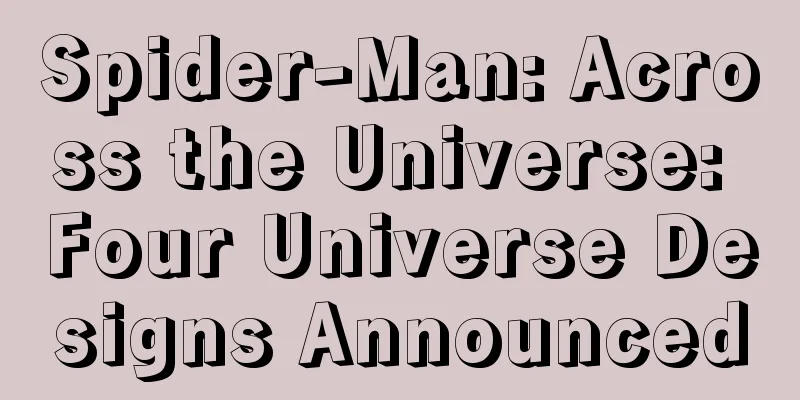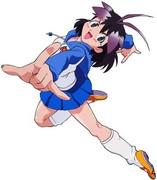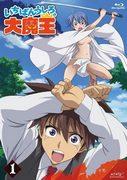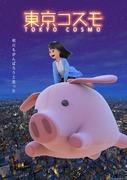The appeal and evaluation of "The Three Bees": A thorough analysis of this masterpiece of folk songs

"Three Bees": NHK's Historical Animation and Its Influence"The Three Bees" is a short animated film that was broadcast on NHK Educational TV (now NHK E-Tele) in 1961. In just two minutes, this work succeeded in deeply moving and teaching viewers a lesson. This article will provide a detailed explanation of the production background, story, production techniques, and subsequent influence of "The Three Bees." It will also provide recommendations for viewers and other related information. Background"The Three Bees" was produced as part of NHK's "Minna no Uta" series, a children's music program that began in 1961 and features new songs and animations each time. "The Three Bees" was one of the first works in the series and became a symbol of the high quality of the content that NHK Educational Television provides to children. The animator responsible for the production of this animation was Nakahara Shuichi. Nakahara was an important figure in the postwar Japanese animation world, and his works were loved by many children. "The Three Bees" was another work that fully demonstrated his talent, and had a major impact on the subsequent development of Japanese short animations. storyThe story of "The Three Bees" is very simple, but contains a profound message. The story begins one day when three bees are collecting nectar from flowers and are caught in a sudden heavy rain. Despite being hit by the rain, the bees try their best to return to the hive. However, along the way, one bee loses all of his strength. The remaining two bees, grieving over the death of their friend, carry his body back to the hive. Then, having returned to the hive, the two bees, while still mourning the death of their friend, begin to collect nectar again to create new life. This story depicts the importance of caring for friends, the courage to face difficulties, and the preciousness of life. It is extremely difficult to convey these themes in just two minutes, but "The Three Bees" has done it perfectly. This work not only teaches children the importance of caring for friends and the strength to overcome difficulties, but also deeply moves adults. Production Technology"The Three Bees" is an extremely high-quality animation considering the state of the art in 1961. Japanese animation at the time was still in its infancy, and there were many technical limitations. However, Nakahara Shuichi managed to maximize his expressive potential within those limitations, creating a visually beautiful work. The rain scenes are particularly impressive. The way raindrops fall on the screen was extremely difficult to achieve with the technology of the time, but Nakahara expertly depicted it. The movements and expressions of the bees are also incredibly realistic, drawing the viewer in. These technical ingenuity aspects have earned "The Three Bees" extremely high praise for its visual quality. Impact and Evaluation"The Three Bees" was highly praised when it was first broadcast. It is said that not only children but also adults were moved by the work, and many viewers were moved to tears. This work became one of the most popular works in the NHK "Minna no Uta" series, and has been rebroadcast many times. "The Three Bees" also had a major impact on the development of Japanese short animations. The success of this work proved that short animations were an effective way to convey deep messages to children. The "Minna no Uta" series and other short animations that followed were also produced under the influence of "The Three Bees". Furthermore, "Three Bees" was highly acclaimed overseas. At a time when Japanese animation from the 1960s was still rarely introduced overseas, this work won an award at an international animation contest, and became a catalyst for showing the world the potential of Japanese short animation. Recommended points"The Three Bees" is a work that can be recommended to a wide range of viewers, from children to adults. In particular, the following points are the reasons for its recommendation.
Related informationTo gain a deeper understanding of "The Three Bees," you may also want to refer to the following related information:
Conclusion"The Three Bees" is a short animated film that was broadcast on NHK Educational TV in 1961. In just two minutes, it portrays the compassion for friends, the courage to face difficulties, and the preciousness of life, and succeeds in deeply inspiring and teaching viewers. This work was one of the early works in NHK's "Minna no Uta" series, and had a great influence on the development of Japanese short animated films. It was also highly praised overseas, and became a catalyst for showing the world the potential of Japanese short animated films. "The Three Bees" is a work that can be recommended to a wide range of viewers, from children to adults, and its profound message, high production technique, historical value, and international acclaim are the reasons for its recommendation. By referring to related information, you can gain a deeper understanding of the value of "The Three Bees". |
<<: The appeal and evaluation of Quikwamanimani: A new side of Minna no Uta
>>: The appeal and reviews of "Instant History": A must-watch anime
Recommend
Beautiful star Honda Tsubasa "ordered" fans not to spoil "One Piece" because she loves the single volume more
As we all know, Japanese comics are serialized in...
Memories of Life: The Emotions and Evaluations of Everyone's Songs
A comprehensive review and recommendation of Inoc...
Natsume's Book of Friends 3 - A heartwarming story and the charm of deep bonds
Detailed review and recommendation of Natsume'...
Science Ninja Team Gatchaman: The appeal and reputation of the classic anime
Science Ninja Team Gatchaman - The appeal and rev...
The moving and lonely story of "Alone": A deep review and recommended points
Detailed review and recommendation of Hitoribocch...
"The Wonderful Adventures of Nils": A moving journey that everyone can learn from songs
The Wonderful Adventures of Nils - Everyone's...
The Moon Leads the Journey to Another World: A thorough review of the beginning of a fascinating adventure in another world
"The Journey to Another World Guided by the ...
SHADOW SKILL - A thorough dissection of the secrets of the Kurda style cross-killing technique -
A comprehensive review and recommendation of &quo...
Avoid Thor 4! Brad Pitt's new film Hitman: Windrush postponed for two weeks
Summer is coming soon, and one of the movies that...
The appeal and review of "Thunderbolt Fantasy Touken Ranbu 3": Exploring the depths of a new adventure
Thunderbolt Fantasy Touken Yuuki 3 overview "...
Wonder Woman 1984's new "Protector of the World" trailer will be released in China on December 18
"Wonder Woman 1984" is confirmed to be ...
New cast of Shang-Chi: Malaysian Chinese comedian Qian Xinyi
According to foreign media reports, Malaysian Chi...
Directed by Song Dandan's stepdaughter! Marvel blockbuster "Eternals" reveals the latest progress
According to foreign media reports, the director ...
"Yurikago no Uta" review: Reevaluating the moving songs of everyone
"The Cradle Song" - A timeless classic ...
"BROTHERS CONFLICT" new anime review and impressions
"BROTHERS CONFLICT New Anime" Review an...

